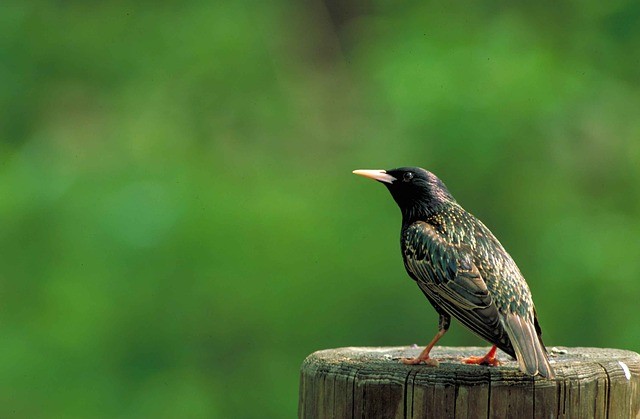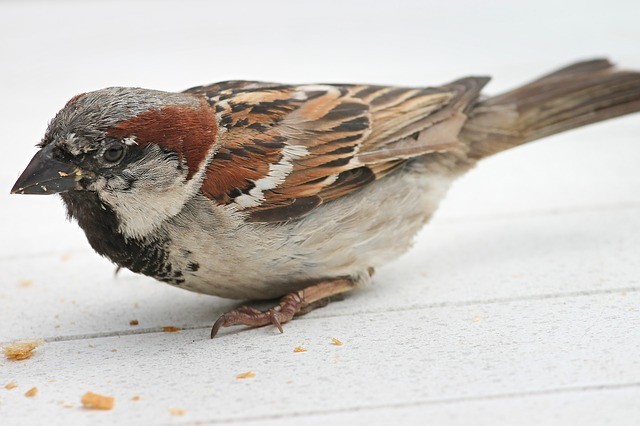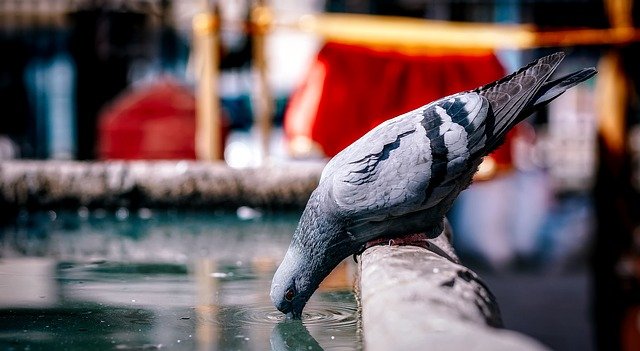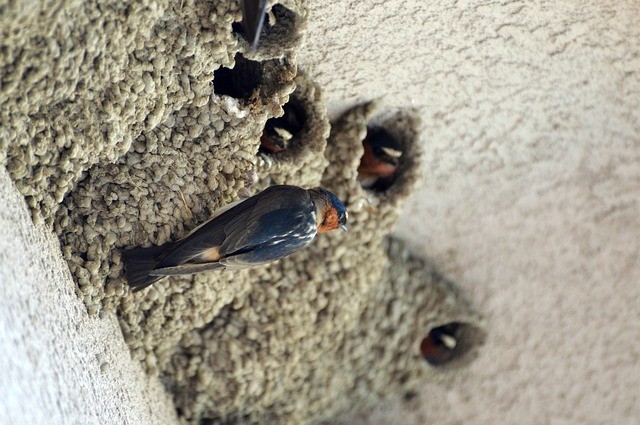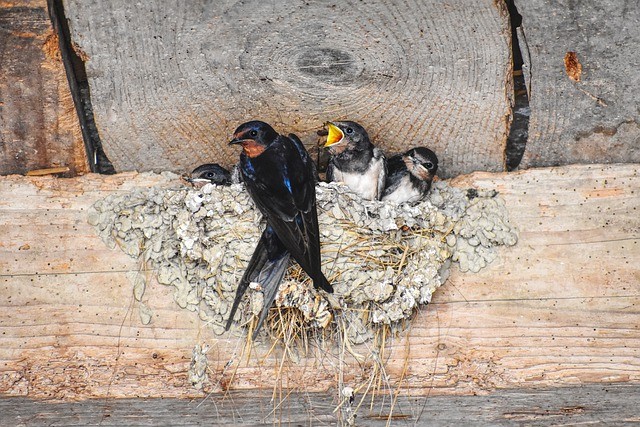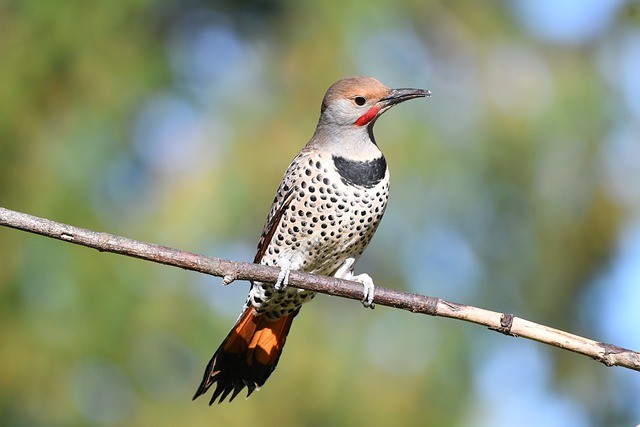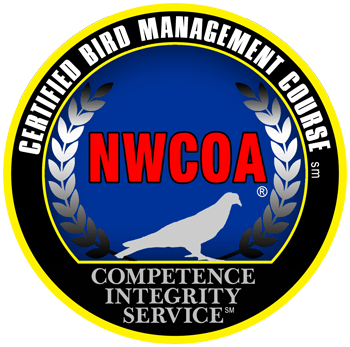
Bird Removal & Control Services in Colorado
Southwest Colorado Local Animal Control
Bird Facts!
Scientific name: Aves
While birds are an important part of our ecosystem, they can sometimes create issues by finding shelter in our homes or businesses. To avoid potential risks, bird removal may be necessary.
Potential risks include:
– Birds, bird droppings, and nesting materials can carry any of 60 transmittable diseases and ectoparasites (fleas, lice, ticks).
– Bird droppings are highly acidic and can cause extensive damage to machinery, equipment, and structures (i.e. homes, attics, garages, sheds, warehouses, places of business, or other location that offers optimal conditions for a bird to nest.).
– Regular cleanup of bird droppings is costly and can lead to expensive repairs.
– Bird nests can clog drains and pose fire risks.
– Birds can contaminate food production and damage other products when nesting in warehouses. Such an occurrence would also violate health codes.
Common Problem Birds in Southwest Colorado
It is important to note that some nuisance bird species are native to Colorado and are protected by state and federal regulations. These birds must be managed in a way that does not cause harm.
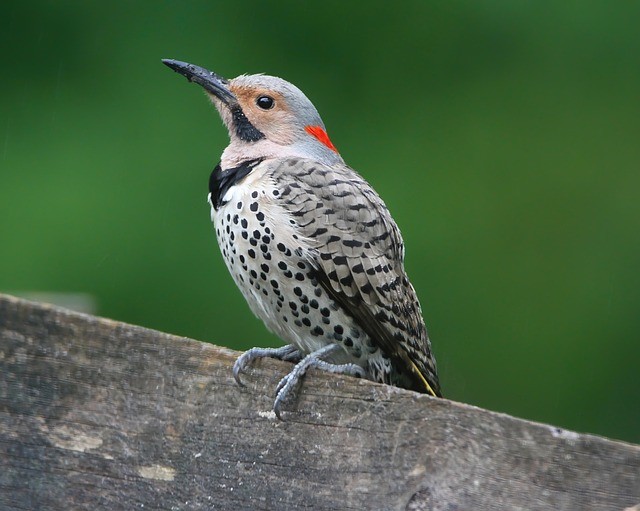
Birds can carry a variety of diseases transmittable to humans; some are only common to specific species.
Bird Removal in Colorado
Some situations may call for the physical removal of nuisance birds, such as birds feeding on agricultural products, persistently nesting in buildings, destroying vegetation, or causing hazardous working conditions.
In many circumstances, however, installing a bird control system, before the problem gets out of hand, can put an end to the issue.
There are numerous bird control products on the market, but the most effective for roosting and nesting birds are those that physically prevent them from landing. Preventative solutions are also humane, as they do not cause harm.
If you have any questions or need assistance with a bird issue, do not hesitate to reach out to San Juan Wildlife. As with all of our services, whether the situation calls for exclusion or removal, we handle nuisance birds safely and humanely.

